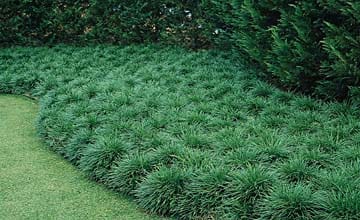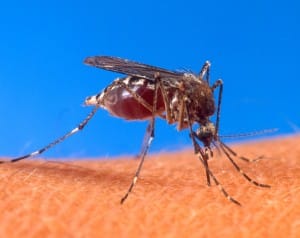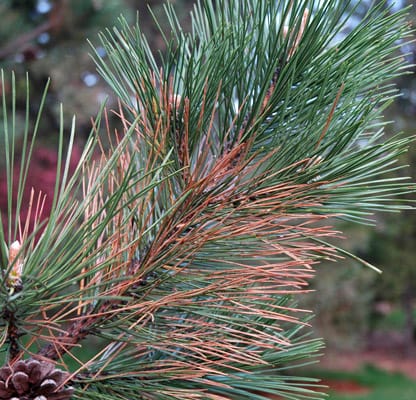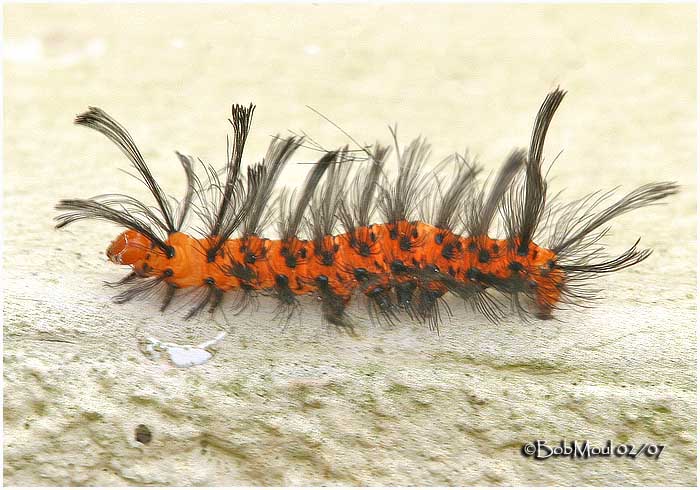Source(s): Jacob G Price
Many garden plants are affected by mildew, both woody and herbaceous.
DESCRIPTION
Downy (False Mildew): Grows from within the plant and sends branches out through the plants stomata to create pale patches on the leaves. It is a fungal disease with a white to purple, downy growth, usually on the underside of leaves and along stems which turns black with age. Is encouraged by cool, wet nights, and warm, humid days. Overwinters on diseased plant refuse in the soil.
Powdery: Lives on the leaf surface. Sends out hollow tubes into the plant to suck out nutrients. It is a fungal disease with a white to grayish powdery growth, usually on the upper surfaces of leaves. Small black dots appear and produce spores that are blown by wind to infect new plants. Worst in hot,dry weather with cool nights (Night: 61oF with relative humidity 95-99%; Day: 81oF with relative humidity 40-70% Powdery growth is viable two days after infection. Growth is enhanced by low light levels that accompany cloudy or foggy periods. Cannot survive if there is a film of water on leaves or stems.
DETECTION
Downy – The best time to examine plants is early in the morning while dew is on the leaves. The first symptom is sunken, water-soaked spots on leaves, either yellowish or grayish in color. Spots later become covered with a downy purplish mold growth which may eventually be blackened by a second fungus.
Powdery – Starts on young leaves as raised blister-like areas that cause the leaves to curl, exposing lower surface. Infected leaves become covered with a grayish-white powdery fungus growth. Disease prefers young, succulent growth; mature tissue is usually not affected. Unopened flower buds may be white with mildew and never open. Leaves will become brown and shrivel when mildew is extensive. Fruits ripen prematurely and have poor texture and flavor.
CONTROL
Downy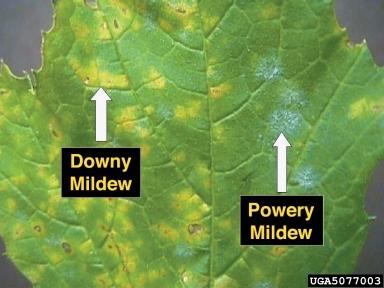
- Plant resistant cultivars.
- Prune to improve air circulation and remove infected branches.
- Use a three -year rotation.
Powdery
- Prune or stake to improve air circulation.
- Dispose of infected plants before spores form.
- Apply a weekly water wash during periods of active growth. Wash both upper and under surfaces of the leaves. Do in early afternoon because that is when spores are most likely to be moving on air currents.
- Apply sulphur weekly to susceptible plants. Be certain to cover the tops and underside of leaves, paying special attention to the growing tips. It is best to begin applications early in the season, since sulfur is more effective at preventing disease than at curing it. If the temperature exceeds 85oF, do not apply sulfur since it may burn the leaves.
- Apply lime sulfur to dormant plants to kill overwintering spores lodged in unopened buds or on canes.
- Treat with Clearys 3336, Banner Maxx, Bayleton or Mancozeb.
Resource(s): Common Landscape Diseases In Georgia
Center Publication Number: 28
